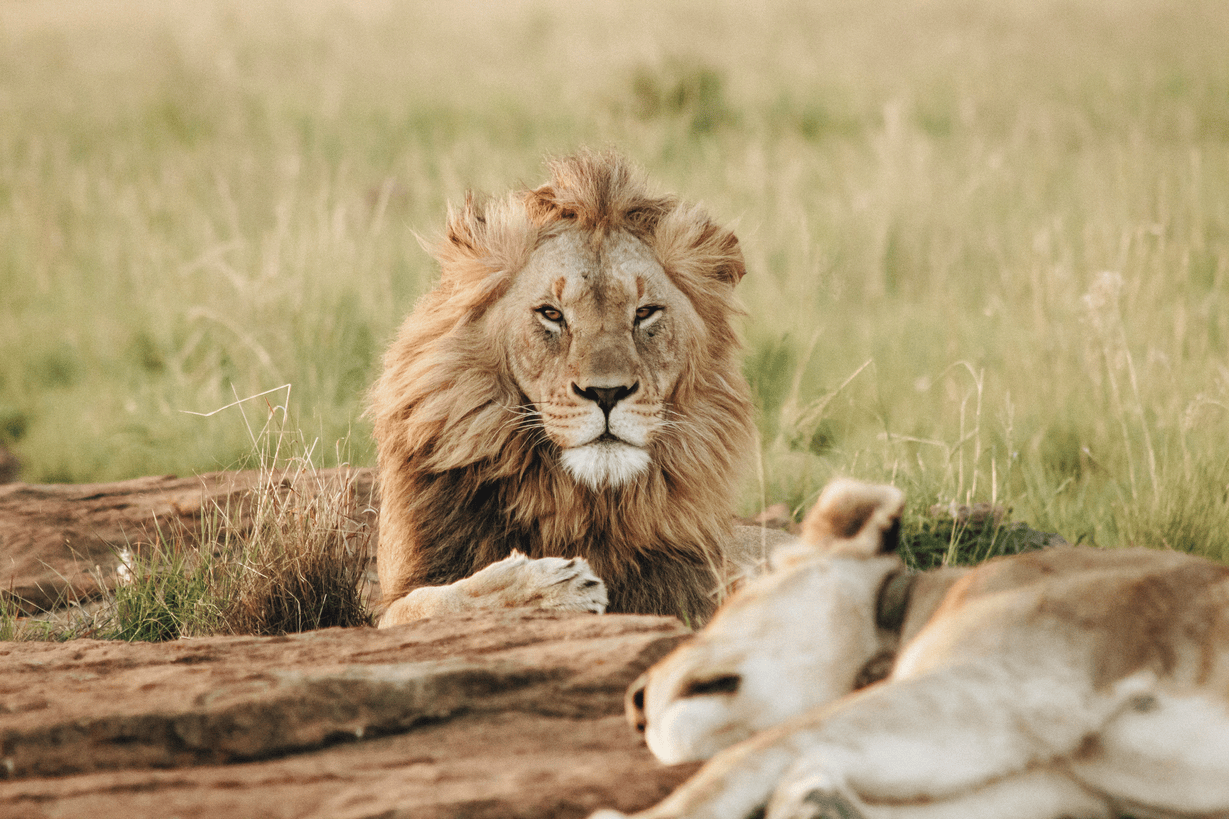
Lion, zebra, hippopotamus, giraffe, wildebeest, gorilla. We’re all familiar with these mammals. But do you know which ones hail from Africa? The answer seems simple enough: they all do, of course! But go back 25 million years to the early Pliocene epoch and it gets trickier. Not only did none of these species exist then: their ancestors hadn’t even arrived. Believe it or not, the origins of the majority of Africa’s mammals lie outside the continent. Carnivores, ungulates and primates all evolved in what is now Eurasia. So did many other groups, including rodents, bats and rabbits. Most of Africa’s mammals today are actually the descendants of colonists.
But Africa does have some mammals to truly call its own. Six orders, to be precise. They are: elephants (Proboscidea, three species); sea-cows (Sirenia, four species), hyraxes (Hyracoidea, five species); elephant-shrews (Macroscelidea, 19 species); golden moles and tenrecs (Afrosoricida, 55 species); and the aardvark (Tubulidentata; 1 species). Together, these form an ancient ‘super-order’ now known by scientists as Afrotheria.


The members of Afrotheria are an eclectic bunch, with seemingly little to connect them. Indeed, you’d be forgiven for thinking that hyraxes are more closely related to rodents and elephants to rhinos. In taxonomy, however, you can seldom judge a book by its cover. The evidence for Afrotheria lies largely beneath the surface, in molecular biology. DNA sequencing reveals that all these animals evolved from a common ancestor. Furthermore, fossils show that this ancestor evolved in Africa and that its descendants flourished across the continent long before any other groups arrived from elsewhere.
In evolution, animals may follow very different paths from a common ancestor, adapting to exploit new ecological niches as, over millions of years, their environment changes. Thus, sea-cows (manatees and dugongs) have evolved to occupy a marine niche and their whale-like body has diverged completely from that of elephants. Furthermore, species come and go. Today’s elephants and sea cows lie at two opposite ends of a long process of incremental change. If you could see the line-up of extinct species between them, the relationship would make more sense.
In fact, most Afrotherians do also share some tell-tale anatomical features. These include the structure of their vertebrae, ankle bones and teeth, and their long, mobile, snout. But these are not features you’re likely to notice on safari.
So why do Afrotherians now make up such a paltry proportion of Africa’s mammals: just 84 of around 1,320 known species? The answer lies in the changes that Africa itself has undergone. Around 90 million years ago, when Africa first split from Gondwana and began to take the shape we recognise today, it carried with it a cargo of early mammals. These small, unobtrusive critters still lived in the shadow of the dinosaurs. But after the dinosaurs’ demise – courtesy of a huge meteorite strike some 65 million years ago that plunged the planet into darkness – those that had survived the cataclysm (saved by their ability to burrow below ground and maintain their body temperature) quickly emerged to take over the newly vacant niches. Soon multiple new species were evolving, of all shapes and sizes.
In prehistoric times, Afrotherians were much more diverse. Take hyraxes: today there are just five small, very similar species, but some 30 million years ago they came in multiple shapes and sizes. Indeed, for 20 million years, hyracoids were the dominant grazers across Africa and included some sheep-sized whoppers that were very different from their rodent-like descendants today. Elephants, likewise, diversified into many forms – some much smaller and shorter-nosed than today’s.
Of course, Africa didn’t stay isolated. Subsequent land bridges to Eurasia opened up the continent to other mammal groups that had evolved in the north: primates, carnivores, rodents etc. These newcomers prospered and proliferated. Soon many were outcompeting the Afrotherians: it was the arrival of antelopes, for example, that triggered the decline of the hyracoids.
Africa has since continued to change. Tectonic movements and a fluctuating climate have created whole new landscapes, driving evolution forward and continuing to populate the continent with new mammals. This accounts for all the species we see today – ourselves included.





